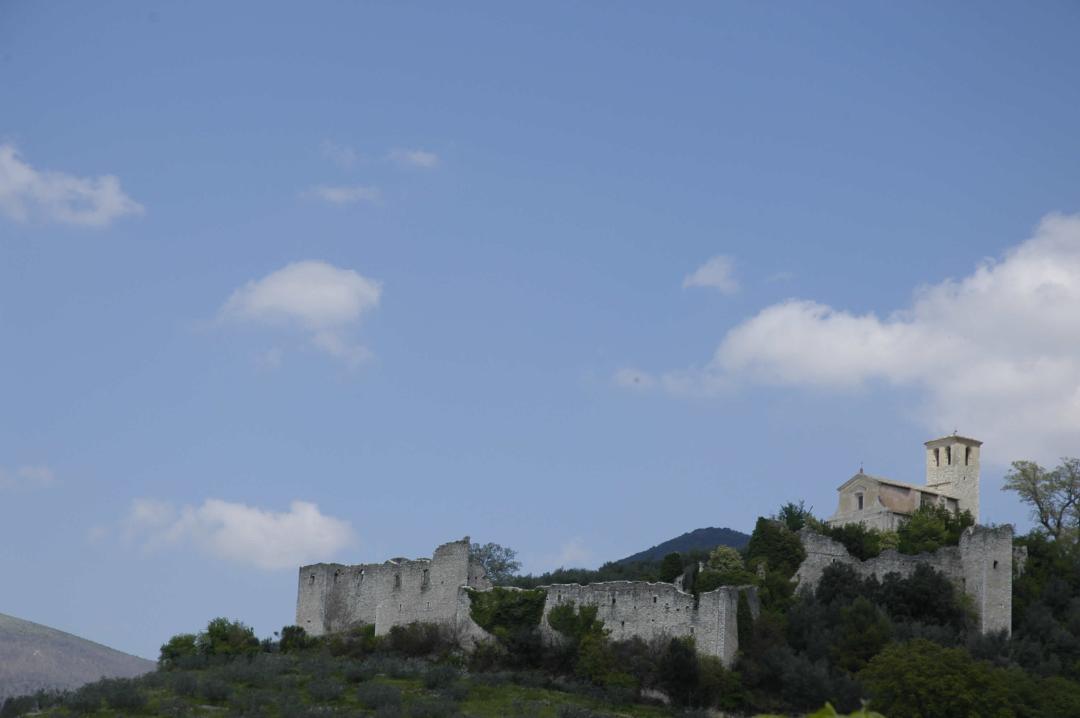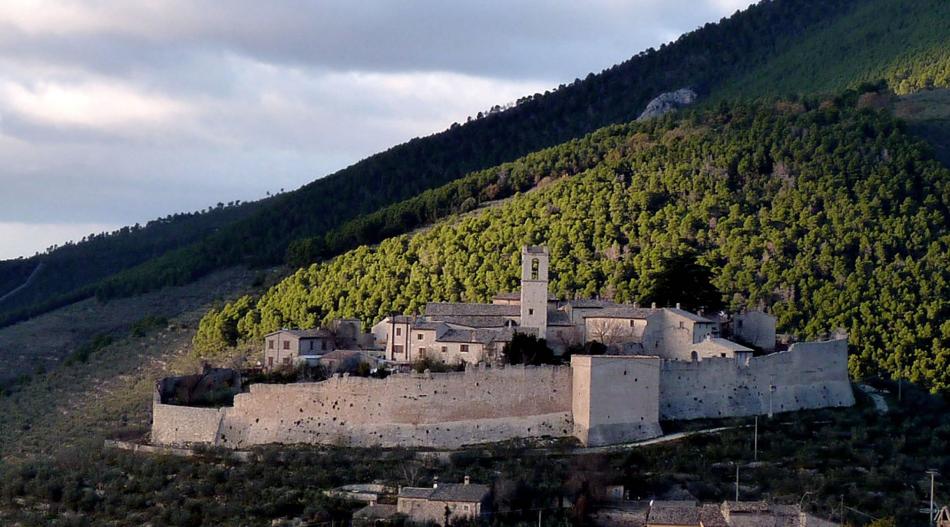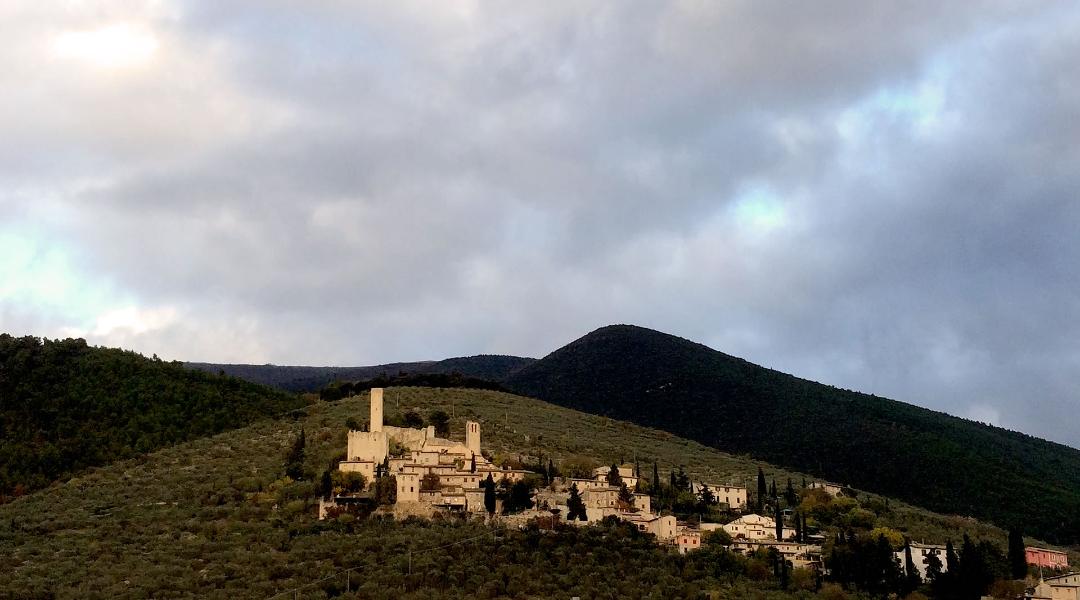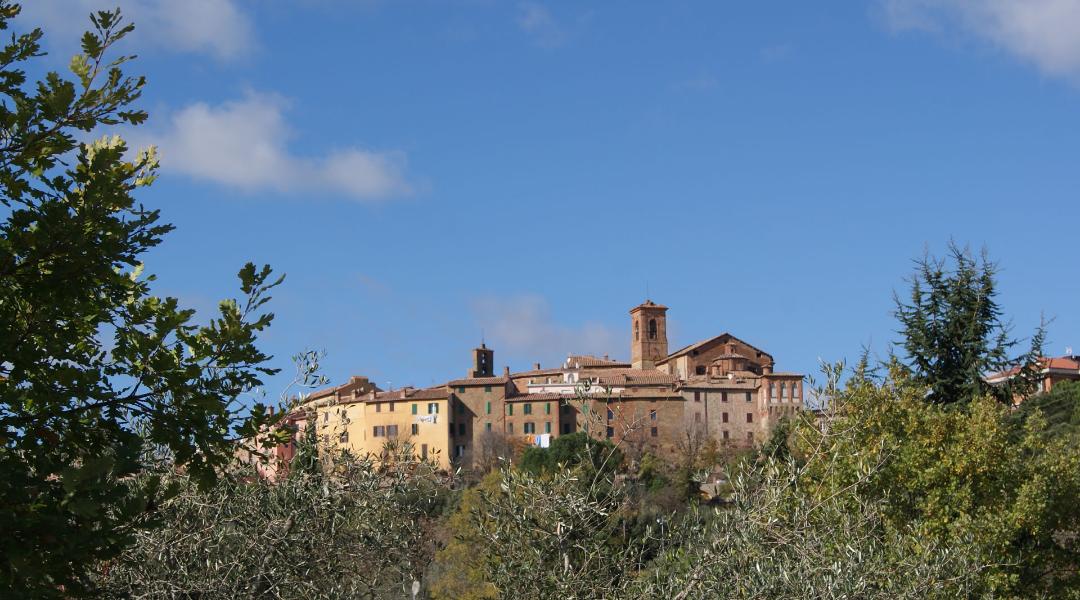The green and peace of Umbria have always been a source of inspiration for poets and artists: we propose an itinerary through places which inspired some of the verses of Lord Byron and Carducci, and which are depicted in the paintings of Jean-Baptiste Corot.
The Poets' Springs: from Poreta to Trevi - The Poets' Springs: from Poreta to Trevi
The Poets' Springs: from Poreta to Trevi




You may follow this route both by car, stopping at each proposed point or on foot following the hiking trail. Head towards the centre of Poreta, near Spoleto: your itinerary begins from this little village.
Travelling along country lanes and little unmade roads you will arrive in the vicinity of Campello. Reach the castle which overlooks the little hamlet: Campello Alta is a fortress that dates back to 921 and was built by Rovero di Champeuse. The name of the castle, and that of the village, derives precisely from the baron of Borgogna.
Once you have wandered around the little streets around the castle, head towards the Fonti del Clitunno. The small but luxuriant park which you will find upon arrival will captivate you with its greenery and unconditional peace. You will find a lake with very cold, crystalline waters: it is precisely the source of the Clitunno which has also formed small islets in the lake, between the grassy banks enclosed by weeping willows and poplar trees. Let yourself be enchanted by the fairy-tale setting of this park and take a stroll to the Tempietto del Clitunno (Temple of Clitumnus): an early-Christian church in the form of a temple with four columns holding up a tympanum, which overlooks the Clitunno from slightly raised ground. The building, one of the places of interest of Lombardic Italy, was of inspiration to Francesco di Giorgio Martini, Benozzo Gozzoli, Palladio (who believed it to be Roman) and was mentioned in the verses of Lord Byron.
Once you have finished your visit to the park, reward yourself with a break to taste one of the territory's gastronomic highlights: extra-virgin olive oil, which is produced in the numerous olive mills and farms in the area between Spoleto and Trevi.
Your route now continues towards the Castello di Pissignano: the original construction dates back to Roman times (it was indeed on the via Flaminia), but owes its development to a group of Benedictine monks who occupied it several centuries later.
Passing through Pigge, an ancient walled village which crosses the Clitunno, you'll reach Trevi: the town is enclosed by two circuits of medieval walls giving it a characteristic spiral shape. Let yourself be guided up-hill by the narrow streets and discover the old town centre.





























